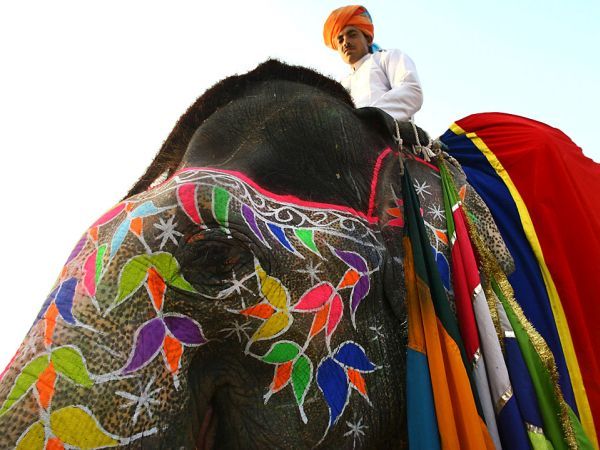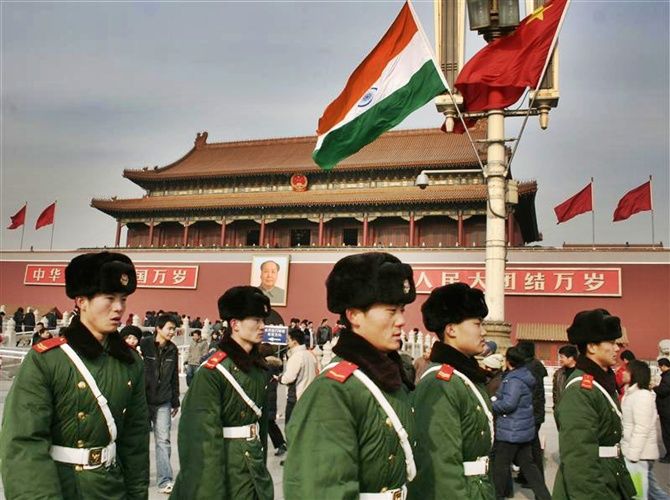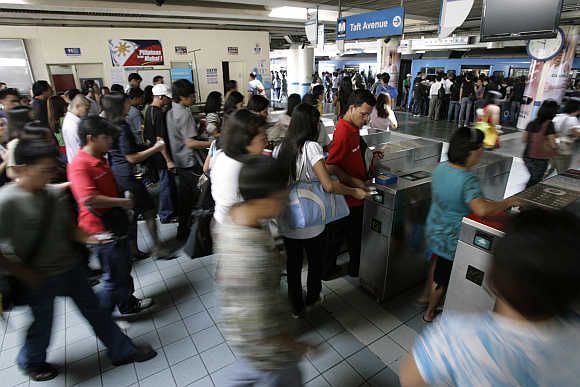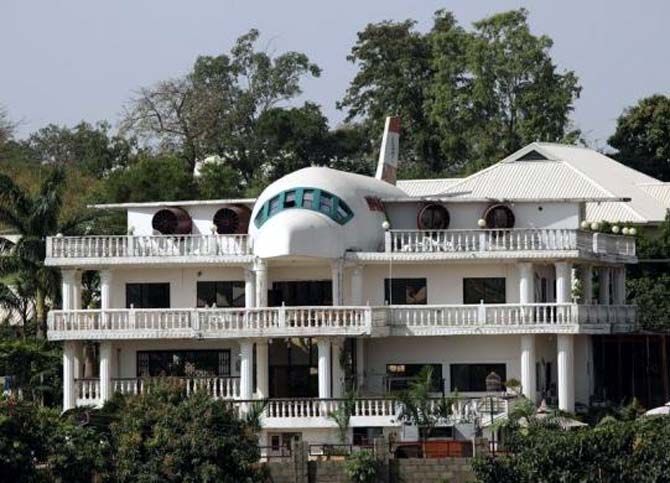
India will retain its top spot with $71 billion in remittances this year as remittances to developing countries are expected to reach $435 billion, an increase of five per cent over 2013, the World Bank has said.
In its latest issue of the Migration and Development Brief, the World Bank said on Monday India, with the world's largest emigrant stock of 14 million people, will remain in the top spot this year, attracting about $71 billion in remittances.

"Remittances to developing countries grew this year by five per cent. Remittance inflows provided stable cover for substantial parts of the import bill for such countries as Egypt, Pakistan, Haiti, Honduras, and Nepal," said Kaushik Basu, Senior Vice President and Chief Economist of the World Bank Group.
He said India and China led the chart with ‘projected remittance inflows of $71 and $64 billion respectively in 2014."
Other large recipients are China ($64 billion), the Philippines ($28 billion), Mexico ($24 billion), Nigeria ($21 billion), Egypt ($18 billion), Pakistan ($17 billion), Bangladesh ($15 billion), Vietnam ($11 billion) and Ukraine ($9 billion).

The growth rate this year is substantially faster than the 3.4 per cent growth recorded in 2013, driven largely by remittances to Asia and Latin America, it said.
Remittances to developing countries will continue climbing in the medium term, reaching an estimated $454 billion in 2015.
Global remittances, including those to high-income countries, are estimated at $582 billion this year, rising to $608 billion next year, it said.

The Bank said remittances to the South Asia region are increasing more robustly this year, accelerating from slower growth in 2013.
Although flows to India, the region's largest remittance recipient, will grow modestly by 1.5 per cent in 2014.
The expansion is being led by flows from the Gulf Cooperation Council countries, where skilled and unskilled workers are finding renewed job opportunities.

As a result, the growth rate of remittances to the region is expected to more than double this year to 5.5 per cent (from 2.7 per cent in 2013), boosting volumes to $117 billion in 2014 and rising further to $123 billion in 2015, it said.
"In addition, India and the Philippines benefit from having migrants with the most diverse destination spread, thereby creating buffers against regional shocks.
“Given the growing importance of this sector, the World Bank's Migration
and Development Brief has become an essential tool for global development policy experts," Basu said.

The brief notes that the global average cost of sending remittances continued its downward trend in the third quarter of 2014, falling to 7.9 per cent of the value sent, compared to 8.9 per cent a year earlier.
However, the cost of sending money to Africa remains stubbornly high, exceeding 11 per cent.
As a share of gross domestic product (2013), the top recipients of remittances were Tajikistan (42 per cent), Kyrgyz Republic (32 per cent), Nepal (29 per cent), Moldova (25 per cent), Lesotho and Samoa (24 per cent each), Armenia and Haiti (both 21 per cent), the Gambia (20 per cent) and Liberia (18 per cent).

It said the forced migration due to conflict was at its highest level since World War II, affecting more than 51 million people.
An additional 22 million people have been forced to move due to natural disasters, bringing the total affected by forced migration to at least 73 million, according to the latest available data.
"Despite the encouraging outlook for remittance flows, the circumstances of many migrants are troubling," said Dilip Ratha, Lead Economist, Migration and Remittances, at the World Bank's Development Prospects Group and Head of the Global Knowledge Partnership on Migration and Development.
"With so many people on the move against their will and many others undertaking desperate and dangerous journeys, it is clear that more effort is needed to make migration safer and cheaper by exploring economically viable policy options," he said.










